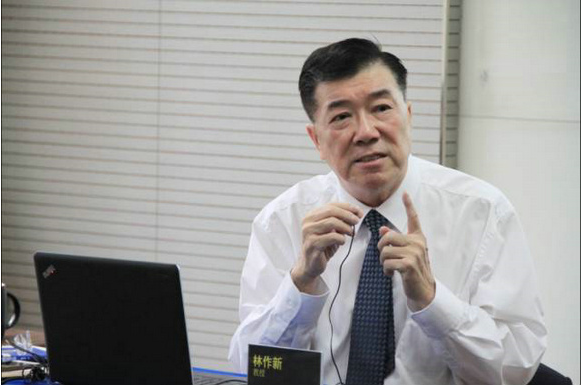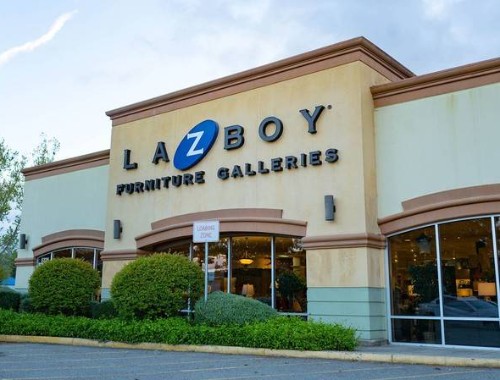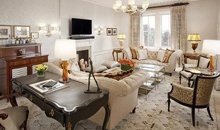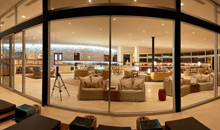Lin Zuoxin: The Turn of the Furniture Market
Source:Furniture Today Author:Lin Zuoxin
Furniture companies are willing and able to transform successfully, often in a small number.
Furniture companies are willing and able to transform successfully, often in a small number. For example, it is difficult for export-oriented enterprises to transform domestic sales, and it is equally difficult to transform real estate into hardcover packages.
This article is about teacher Lin Zuoxin' s views on the downstream penetration of real estate companies.

A few years ago, I said that hypermarkets are a sunset industry. Although hypermarkets were still very prosperous at the time, dealers had to go in and get a better seat, and they had to follow "unwritten" rules.
I was not talking nonsense at the time. I was speaking from the point of view of Richard R Bennington of High Point University in the United States. He said in his book Furniture Marketing: " When there is an oversupply in the market, dealers must start marketing activities and must leave the hypermarket." The Chinese market was already oversupply before 2013.
However, Chinese furniture dealers do not remain in the hypermarkets like the US market. Although they are living very hard, damn it, and have not died, they have left the hypermarkets to explore the market on their own. Not many, only a few who have the strength (manpower and material resources) can do this.
Of course, large listed companies also started independent marketing operations outside of hypermarkets.
Where is the key? In the so-called flow.
The hypermarket brings together a lot of furniture dealers, creating a cluster effect. Centralized marketing makes it easy to attract consumers to come and buy, leave the hypermarket and be a single one, without cluster effect, and small and medium-sized enterprises are even less capable (human and material resources) to do marketing (advertising, etc.).
This is the fundamental reason why most dealers are unwilling to leave the hypermarkets-despite the high rents in hypermarkets, there are also written or unwritten expenses of one kind or another.
Although some people say that you can market online and then experience offline, the problem with e-commerce is:
——Furniture is a low-frequency consumption, which is a "big item". Most people have to go shopping, compare prices, and experience them. They will not just buy clothes and daily necessities like buying clothes and daily necessities.
——E-commerce relies on photos to sell goods, and often the products are not on the right board, and the photos are mostly rendered, which is very different from the real products.
Therefore, the self-proclaimed traffic of e-commerce cannot be converted to the sales of ordinary furniture dealers. In China's entire furniture market, some people say that it exceeds two trillion (because many retails are not invoiced). How much furniture e-commerce does? It's just a fraction.
Where did the market go? The market is divided, and part of it has gone to places related to the construction industry.
The construction industry also understands their advantages. When the profit of the house is high, they will not care about the furniture "this business". However, in recent years, the profit of the developers has decreased and the business is difficult, so they will began to pay attention to "this business".
Large real estate companies such as Evergrande Country Garden have long established rules for the furniture industry, such as moving in with a bag, and when handing over a house, they will take out some houses for the furniture company to make prototype rooms. There are 5-6 companies entering, booking sales, and then drawing commission. If you can't make up, if you do too much, just pick it up.
The meaning of issuing furniture vouchers is the same. Many developers have begun to learn how to move in with their bags, so the past few years have been booming.
But what about before and after check-in with bags?
Before check-in:
The developer can cooperate with the furniture company to equip the whole house with furniture on the basis of fine decoration, which is the advantages and benefits of the developer: for such an expensive house, consumers trust the developer for this furniture; developers focus on purchasing, and the price is definitely low; the furniture design is highly consistent with the room type; people are distracted when handovering the house, and fewer complaints about the property; developers or their affiliates can profit from selling furniture.
When the furniture is sold to the developer, the root is reached. For this change, many innovative models will surely emerge in the past few years.
After check-in with a bag:
Checking in with a bag will only take a bite to the new community and ran away. The conversion rate should be within 30%. This is a well-decorated room.
The refurbishment of rough houses and old houses is the business of refurbishment companies. Now in big cities such as Shanghai, there are many refurbishment companies and their business is very good. They pack and repair the walls, sanitary wares, furniture, curtains...
After these rounds of tossing, it is the consumers who go to the hypermarket to buy furniture. It is conceivable that people are busy with work today, how can they have time to spend on house decoration, buying this, buying that, and the dealers "who are waiting for the rabbit" in the hypermarket, how can life be better?





 沪公网安备31010402003309号
沪公网安备31010402003309号



